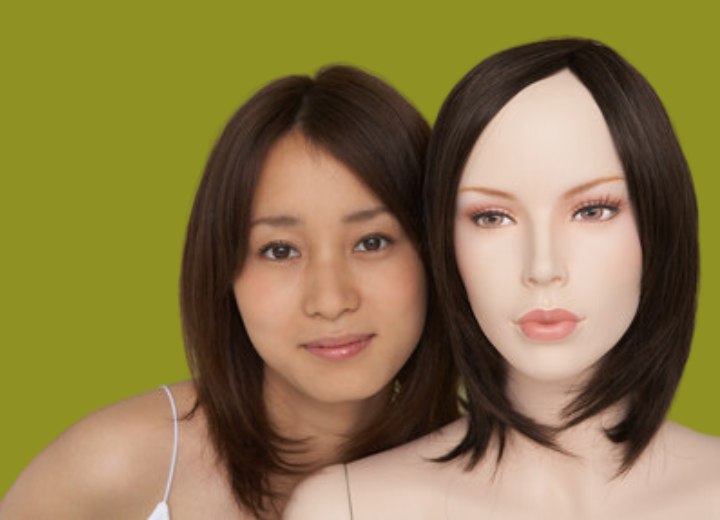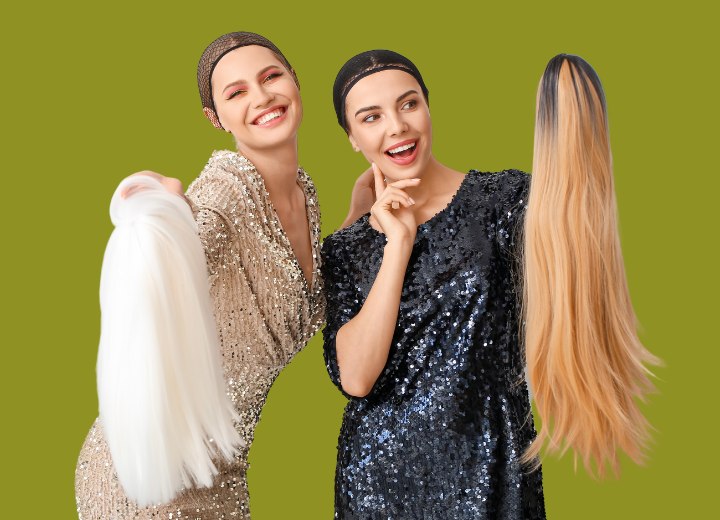Wigs: Quality and Cost

The most expensive wigs available are those made with real human hair. The cost of these wigs depends on the ethnic origin of the hair and whether the hair has been chemically treated (colored or permed) before. Here's a general breakdown of natural hair wigs:
Hair from India and Asia is next in cost. These two regions provide most of the human hair that is commercially available. The hair tends to be universally dark (black or near black) with some gray blends, and must be processed and treated to achieve other colors. Hair from India is usually available in lengths from 12 to 16 inches (30 to 40 cm) and is naturally wavy. Hair from Asia is naturally straight and can be found in lengths from 12 to 28 inches (30 to 70 cm).
Human hair mixed with animal hair is next. The human hair can be blended with lengths of hair from animals such as angora, horses, yaks, or sheep. This offers a less expensive natural hair wig. Yak hair is particularly useful in making fantasy wigs. The hair from yaks is harvested from the belly and is the purest of whites, making it ideal for fantasy colors. Such mixed hair wigs are often used in theatrical and fashion shows.
Animal Hair is last, as wigs made from 100% animal hair are the cheapest of the natural hair wigs available. These make relatively inexpensive wigs that are good as "fun wigs."

Quality of the hair being used - If the hair has been graded according to strength, elasticity, and porosity (and is rated high in these traits), the cost of the wig will be greater.
Is the cuticle intact? - Wigs made from hair with the cuticle intact are more expensive. In these cases, the hair has been "turned," meaning that the hairs are arranged so that the root ends are all in the same direction. This prevents tangling and makes the wig more durable and easier to style.
Fallen hair - If the wig is made primarily of hair that has been shed normally from the scalp and harvested from brushes or combs, the hair will not be turned from root to end and will have had the cuticle removed to prevent tangles and matting. Hair with the cuticle removed cannot be conditioned (so that it will cause matting), therefore, fallen hair tends to be less expensive.
Has the hair been colored with metallic dyes? - Hair that has been colored with metallic dyes cannot be permed or colored with peroxide-developed hair colors as this will destroy the hair's structure. This type of hair will be less expensive.
Synthetic wigs range in price based on how realistic they look and feel. Some higher-quality synthetic wigs have human hair blended in with them for a more natural look. As advances in chemistry progress, more realistic synthetic wigs are developed. Expect to pay prices equivalent to mid-level quality human hair wigs for a high-quality synthetic wig.
©Hairfinder.com